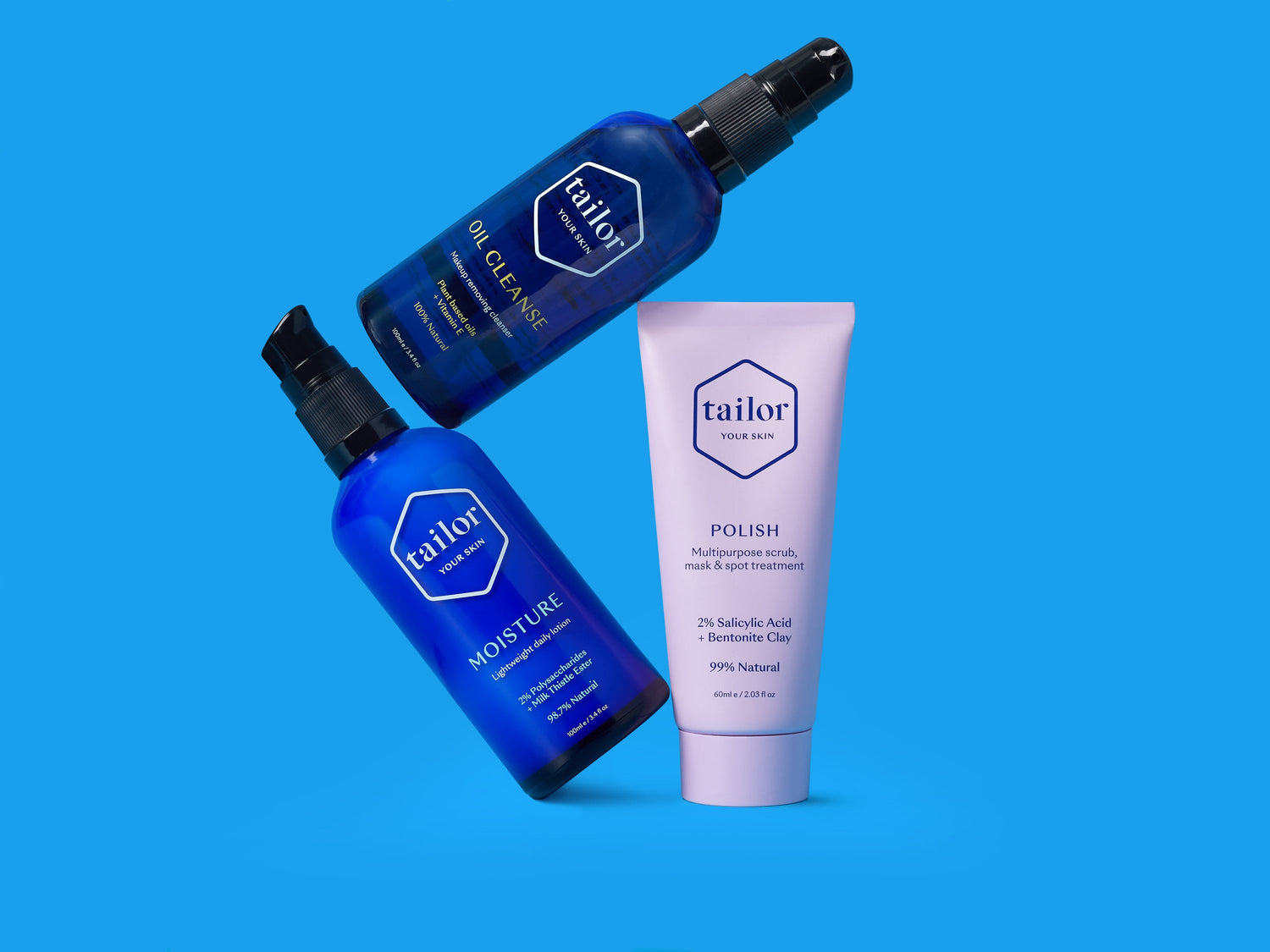Hyperpigmentation is the darkening of small patches of skin, caused by the colour pigment (melanin) being overproduced.
There are a few reasons why the skin cells suddenly start to produce extra melanin; sun exposure, hormonal changes, or some inflammatory conditions. In this blog we dive into how each of these factors can cause hyperpigmentation.

Sun exposure causes freckles and liver spots
Sun exposure causes the formation of freckles, and what people often refer to as liver spots. These will appear mostly on the face, hands, neck, and sometimes on the tops of the shoulders. The skin begins to produce extra melanin as a protection mechanism against the sun.
Besides sun exposure causing uneven skin tone, it can also lead to skin cancer and should be considered more than just a cosmetic problem. Pigmentation caused by persistent overexposure to the sun should be taken as a warning sign that you need to take better care in the sun and should consult a dermatologist to check for any signs of skin cancer.
Can hormones cause Hyperpigmentation?
Hormonal changes can trigger the overproduction of melanin causing pigmentation. This is very common during pregnancy (called Melasma or chloasma), and can happen after starting hormone-based contraception.
It is unknown why it happens in some and not in others. If you find that you have an increasing number of hyperpigmented patches appearing, you may want to look into your hormones. Even without artificial hormones or pregnancy, your hormones can be elevated and cause skin issues. Take this type of hyperpigmentation as a warning sign that something isn't quite right with your sex hormones.
Inflammation can cause Hyperpigmentation
'Inflammatory condition' is a broad term used when the body is consistently triggering an inflammatory response. Left unchecked this condition often results in disease.
The inflammatory response is the way in which the body heals itself, it sends immune cells and ‘helper cells’ to the affected areas to help the body fix itself. However, when this continues for a long period of time the inflammation can turn from helpful to harmful, triggering a host of issues. Hyperpigmentation can be one of the side effects of chronic inflammation. Getting control of the inflammation in the body is key to resolving or minimising this form of hyperpigmentation.
How to prevent and reduce Hyperpigmentation
Firstly, you want to get to the root of the cause and put an end to it. This might mean being smarter in the sun, talking with a healthcare provider about switching to non-hormonal birth control, or reducing the overall inflammation in your body.
Secondly, you should consider nourishing your skin with topically applied ingredients that help to reduce hyperpigmentation but are not toxic to the melanocyte. Vitamin C is able to slow the production of melanin in the skin without destroying your melanin producing cells.
Tailor Gold Dust is a concentrated blend of pure Vitamin C and CoenzymeQ10. We recommend mixing Gold Dust into your moisturiser to activate the Vitamin C and to help directly target the skin cells to reduce hyperpigmentation.

You also want to make sure you are eating lots of different fruits and vegetables to ensure you are getting plenty of vitamin C in your diet. Citrus, kiwi fruit, red pepper, and dark green leafy greens are all fantastic sources of vitamin C.
Thirdly, add an antioxidant rich product like Tailor Renew to your skincare routine which can help to defend the skin against UV damage with its unique grape seed extract.

Lastly, make sure you are using a very gentle exfoliant to break up and remove dead skin cells. Exfoliation can stimulate the production of new skin cells while removing darker old skin cells. It's important to note that too much exfoliation can trigger inflammation pigmentation, so this is not a case of scrubbing until the hyperpigmentation disappears. Keep exfoliation to every other day with a gentle exfoliant like Tailor Polish which doubles as a detox mask.


